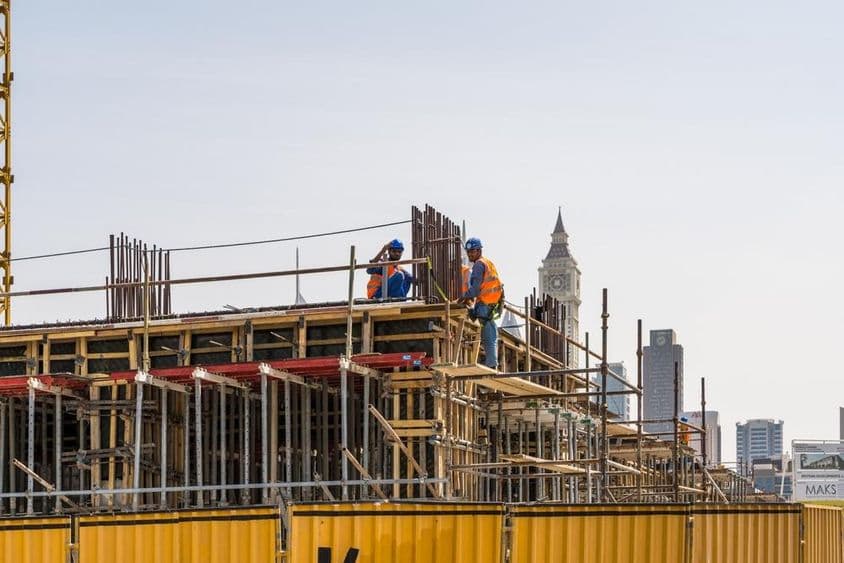Etihad Rail's Real Estate Impact: Rising Costs

Etihad Rail Impact on Real Estate: Up to 25% Increase Along the Rail Line
UAE's ambitious railway project, Etihad Rail, hasn't even commenced passenger transportation yet but is already exerting a significant impact on the surrounding real estate market. With a planned launch in 2026 and an expected annual passenger capacity of 36.5 million, it's no surprise that neighborhoods close to the development have seen substantial increases in both rental rates and property prices — and this trend shows no signs of slowing down.
Spectacular Price Increase Around Dubai
Rental rates for properties located near Etihad Rail stations have increased by an average of 9% over the past nine months, while prices have seen a 13% rise. An outstanding example is Dubai Festival City, where rental prices climbed by 23% and property prices increased by 18%. Significant growth has also occurred in areas like Dubai South and Dubai Investments Park, where the value growth has reached 17%.
This trend is comparable to the previous impacts of the Dubai Metro Blue Line and Red Line, where properties around the stations experienced price hikes between 15–25% in a short time. Infrastructure improvements and enhanced transport connectivity bring tangible value increases — and the market has already responded.
Investors' Attention Turns to New Transport Axes
The growing interest is driven by the anticipation that properties located directly near the stations — whether apartments or villas — will command premium prices in the market. Experts estimate a 10–20% premium price increase in areas affected by Etihad Rail, potentially reaching up to 25% within a few years following the project's launch.
Accessibility is a critical factor: properties located within a 5–15 minute walking distance from the railway stations are generally more sought-after, resulting in higher sale and rental prices.
The New National Railroad: 900 km, 11 Cities, 7 Emirates
Etihad Rail's network is expected to cover 900 kilometers, connecting 11 cities and regions across all seven emirates of the United Arab Emirates. The railway line affects not only residential properties but can also significantly increase the value of logistical, industrial, and commercial real estate, especially in areas where developments are already underway.
The connection to the Al Maktoum International Airport is an essential aspect, as nationwide railway integration can lead to substantial transformations in the surrounding residential neighborhoods.
What Should Investors Consider?
Projects near Etihad Rail not only generate increasing demand for completed properties but also for those in the off-plan, or pre-sale, phase. The following factors could be particularly important when making investment decisions:
Accessibility to stations (walking distance)
Favorable starting prices before Etihad Rail’s commencement
Timing market entry: the most significant price increases are expected in the first 3–5 years following the project’s launch
Rentability: prime locations can yield higher rental returns
Summary
Etihad Rail is already visibly impacting the real estate market in Dubai and other cities across the UAE, even though the passenger service won't launch until 2026. Developing rail transport is of strategic importance and can bring considerable value increases to those who act in time. For both investors and end-users, it's becoming a key issue to choose properties well-positioned and aligned with the future transport network in the upcoming years.
(Source of the article is based on experts' opinions in real estate.)
If you find any errors on this page, please let us know via email.


